Places to Explore Berlin’s Street Art
Street art, a visual marker of Berlin’s iconoclastic spirit, dominates Kreuzberg and other neighborhoods. The stylized tags (signatures), cartoonish characters, vibrant colors, and mega-size murals that erupt on walls and doorways enliven the facades — or defile them — depending on your point of view.
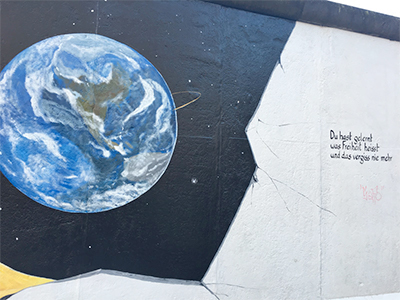 © Candyce H. Stapen Photography
© Candyce H. Stapen Photography The words on Andre Secrit’s Berlin Wall mural translate to “You learned what freedom means and don’t forget this anymore.”
Berlin has long been known for this stealth art, one where forms and figures spray-painted or born from paste-ups or stickers appear in the dead of night. The city solidified its position as the epicenter of this movement with the September 2017 opening of the Urban Nation Museum for Urban Contemporary Art, the first major museum dedicated to street artists worldwide.
“Street art belongs to the street,” says Volker Hartig, our guide at Urban Nation. To solve the quandary of how to showcase such art in a museum, Urban Nation commissioned 150 paintings, sculptures, posters, and other works by established and emerging artists. “What you see at the museum are urban contemporary pieces by artists who also work on the street.”
The museum is exciting. The often flamboyant colors and incongruous images result in engaging works. Many state political themes or present social commentaries. “Revolutionary Woman,” American artist Shepard Fairey’s two- story-high red-and-black reinterpretation of a communist China poster, dominates the museum’s lobby. Comic book superheroes mask the upper face of a woman in a portrait by Canadian artist Sandra Chevrier. A rainbow, bright paint and a skull adorn “Psyche,” a three-dimensional butterfly by Berlin duo Various & Gould.
To showcase the art in situ, some 40 artists under Urban Nation’s aegis are creating works on buildings near the museum in the Sceeneberg neighborhood.
The East Side Gallery, among the largest open-air galleries in the world, is the longest preserved section of the Berlin Wall. The segment stretches for nearly a mile in Friedrichshain along the banks of the Spree River.
“The art begun in 1990 was an eruption of freedom and joy after the Wall fell,” says our guide, Markus Muller-Tenchkoff. The works were restored in 2009.
Strolling past the murals we could imagine the euphoria of people united — flashy colors, fanciful landscapes, exuberant figures. Thierry Noir’s “Tribute to the Young Generation” features colorful cartoonlike characters. Schamil Gimajev’s “World’s People” presents an intricate pattern of black-and-white swirls with embedded eyes.
Some art is political. Soviet artist Dmitri Vrubel painted “The Kiss,” based on a photograph of East German president Erich Honecker and Soviet leader Leonid Brezhnev locking lips in what looks to be more than a brotherly kiss.
Vrubel’s caption translates to “God help me to survive this deadly love affair.” The caption of Andre Secrit’s mural of Earth hurtling in space translates to “You learned what freedom means and don’t forget this anymore.”
Once among Berlin’s most run-down regions, Kreuzberg attracted artists, workers, hippies, dissidents and others drawn to its low rents. The neighborhood has been on a gentrifying track for the past 10 years or so. Entrepreneurs have added upmarket restaurants (try Cafe Ora), boutiques
(Luzifer sells organic women’s clothing), and clubs to the indigenous mix of bars, dance halls and ethnic eateries, transforming the district into one of Berlin’s trendiest. Orania.Berlin, a member of Small Luxury Hotels of the World, opened in a prominent spot opposite a park in August 2017.
Despite the changes, or maybe because of them, Kreuzberg bristles with street art. On a walk along Oranienstrasse and other main streets, we come upon scores of tagged and painted doorways and walls. These pieces contrast with those in the East Side Gallery. Some of Kreuzberg’s urban art, to us, feels gritty, often haphazard and, yes, we’ll say it “ugly.” Other murals impress, capturing the individualistic essence of the genre. A stroll through the neighborhood is enjoyable, especially when punctuated with treats from a local bakery or cafe.
WHEN YOU GO
For general information: www.visitberlin.de/en
Urban Nation Museum for Contemporary Urban Art: www.urban-nation.com
East Side Gallery: www.eastsidegallery-berlin.com
Orania.Berlin Hotel: www.orania.berlin

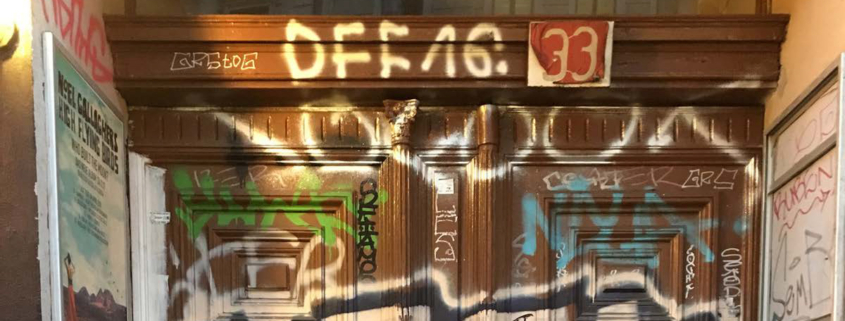
 Travel Tips and Trips
Travel Tips and Trips Creators Syndicate
Creators Syndicate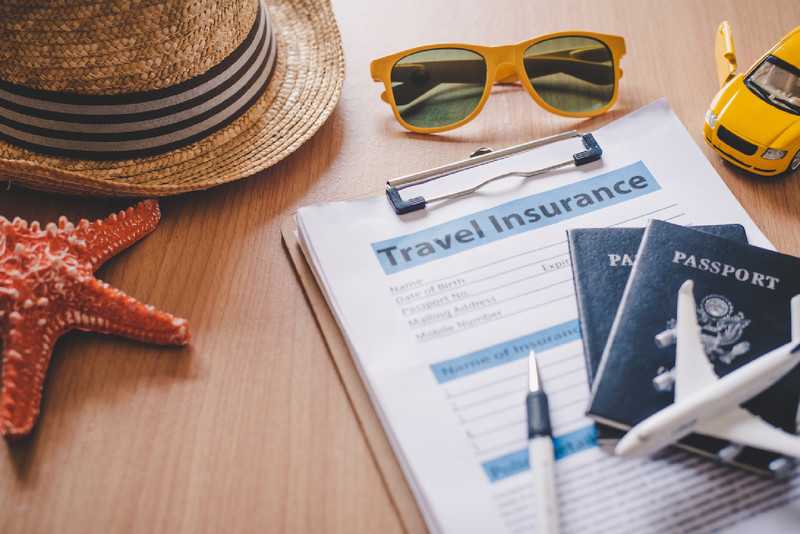 Creators Syndicate
Creators Syndicate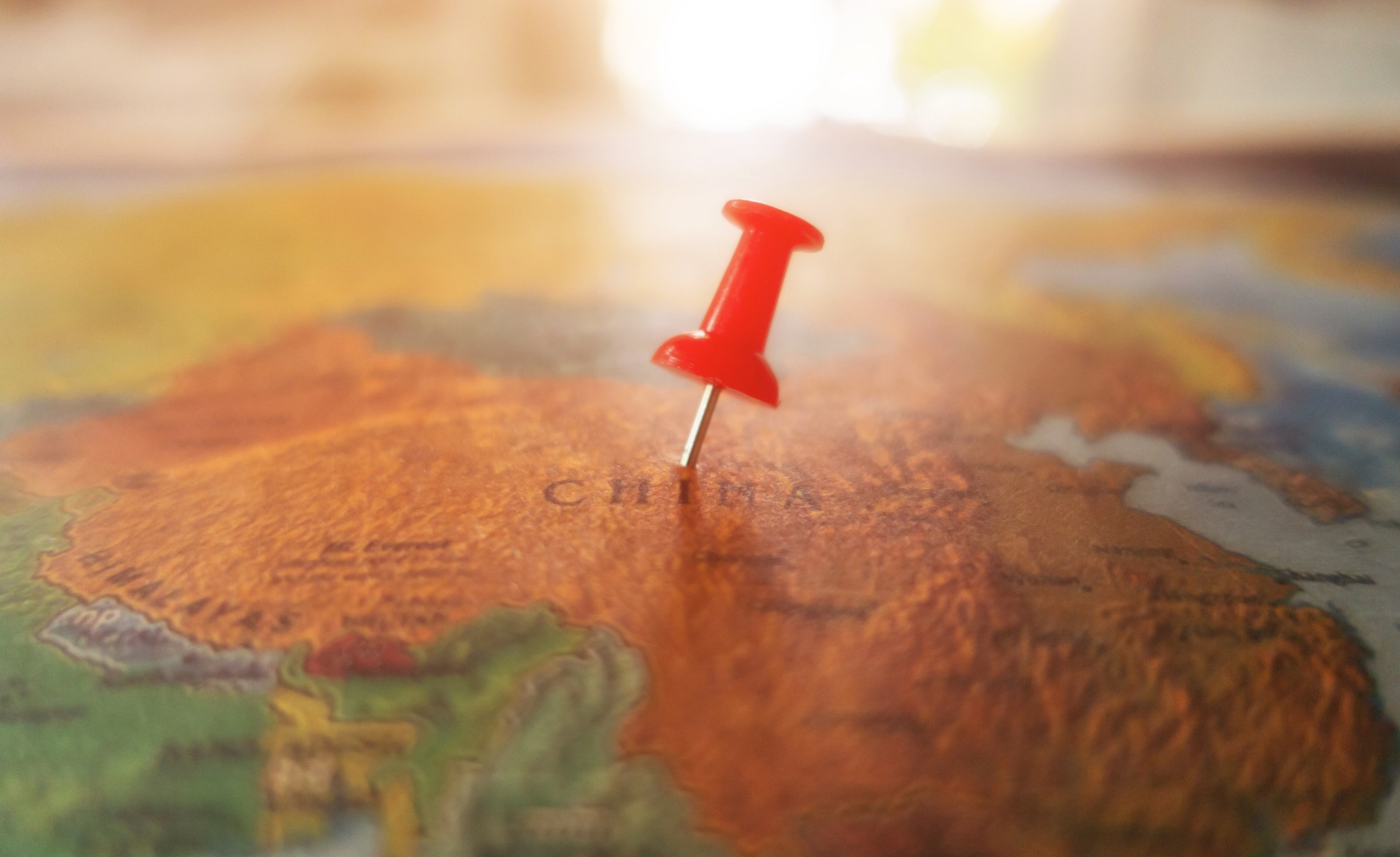 Physician's Money Digest
Physician's Money Digest Frommers.com
Frommers.com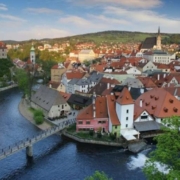 Frommers.com
Frommers.com Frommers.com
Frommers.com Creators Syndicate
Creators Syndicate